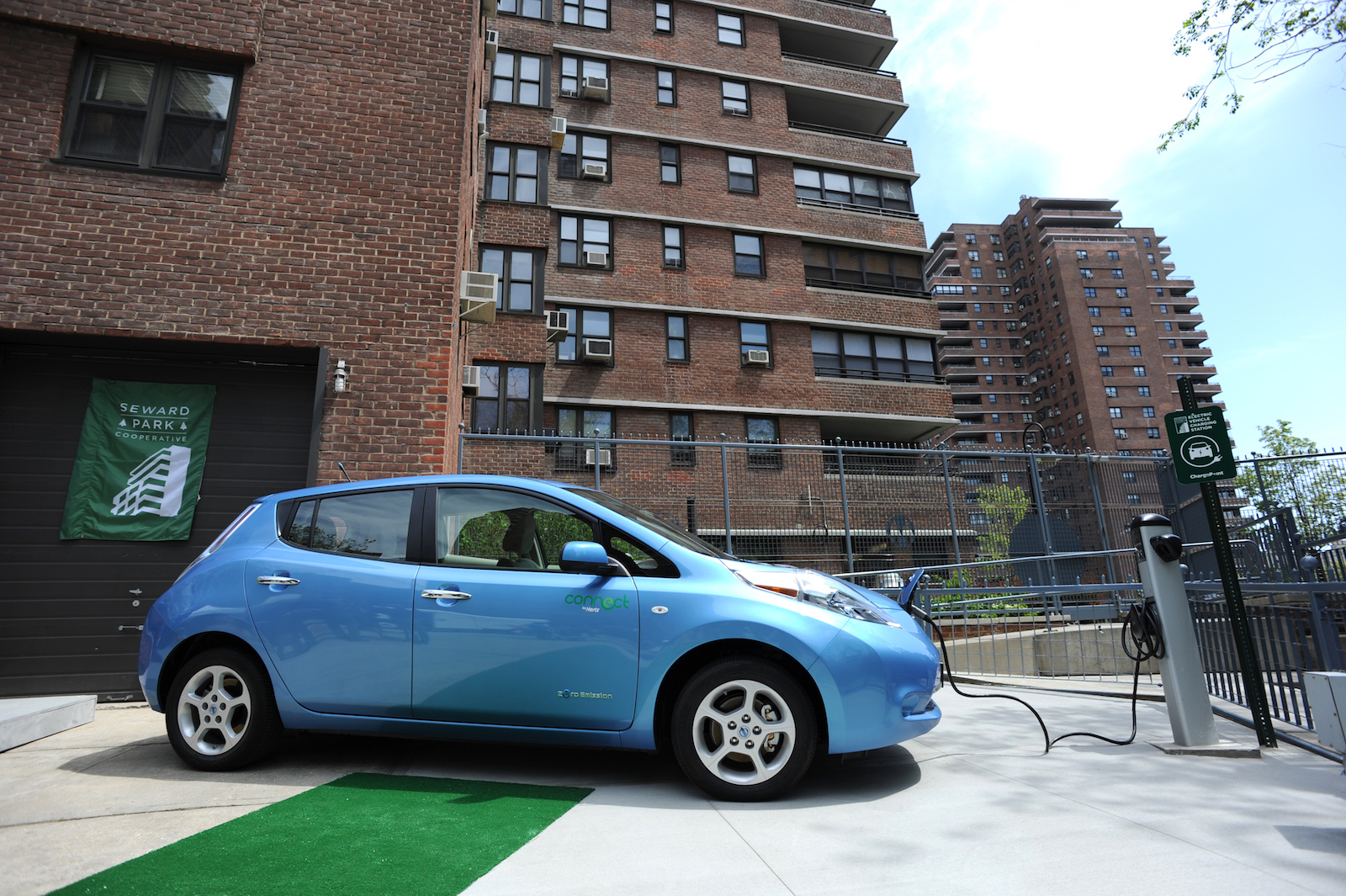The state of New Jersey wants two companies accused of polluting the groundwater in a Bergen County borough to answer a question: what’s the value of a glass of clean drinking water?
That question was posed in the form of a civil suit filed earlier this month, holding the companies accountable and seeking money for the harm done to the ecosystem, which has left residents in Lodi, New Jersey with contaminated groundwater.
It’s a legal tool that environmental health experts say should be used more often as state governments seek ways to reduce pollution in frontline communities that are hard hit with environmental hazards.
It’s a good way to address the broader harms inflicted on a community when groundwater is polluted and suffers a devaluation, said environmental health scientist Sacoby Wilson, an associate professor at the University of Maryland where he serves as director of the Center for Community Engagement, Environmental Justice and Health.
“If you do not have safe water, it basically is a way that kills, destroys communities,” said Wilson, noting how polluted water can hinder economic growth by dissuading businesses and new residents from locating in those areas.
The suit seeks to hold two companies, Hexcel Corporation of Connecticut, and its related corporation, Fine Organics, liable for discharging fuel oil and industrial chemicals at a facility, located in the borough of Lodi, that damaged and destroyed the state’s natural resources, the complaint states.
The area around the former chemical plant is classified as “overburdened” according to the state’s Environmental Justice law, and has a large population of residents who are low-income, and people of color. The New Jersey Attorney General’s office filed the suit in state court and is seeking compensation for groundwater restoration and other damage related to the spillage.
Some of the substances released included volatile organic compounds, polychlorinated biphenyls (PCBs), and petroleum products such as oil fuel – contaminants that came from leaking storage tanks and the plant’s regular operations, which spanned as far back as 1973, when Hexcel acquired the site in a merger with a chemical manufacturing facility that had existed there for nearly 30 years prior.
The complaint states that these toxic substances are known to percolate through soil, seep into the groundwater, and spread through urban environments, causing harmful chemical vapors to seep into homes and businesses, and notes widespread groundwater contamination in an area more than three acres beyond the site of the original chemical plant.
While the site itself was remediated by Hexcel, the lawsuit notes that the groundwater is currently being remediated via a technology that treats contaminants and allows it to recover via natural processes. But this process could take years, and the groundwater may not be clean until 2041 at the earliest, according to the Attorney General’s office. Local news reports note the area was once one of the largest chemical manufacturing areas in the region, and has been converted into a shopping district that includes a gym, grocery store and CVS pharmacy.
As long as the groundwater remains contaminated due to the conduct of the defendants, “the public nuisance continues,” the complaint states. New Jersey seeks to also hold the companies liable for costs of monitoring, such as contamination tests, until the groundwater is restored to its prior condition. Since 2018, the attorney general’s office and the New Jersey Department of Environmental Protection have filed 16 similar lawsuits that seek compensation for natural resource damages, among a total of 46 environmental justice cases.
Lawsuits such as the one filed in New Jersey are key to addressing the shortcomings that exist in how legacy chemical contamination is addressed by federal and state regulations. Golden Gate University Law Professor Helen Kang told Grist that when it comes to long-standing historic contamination, laws typically don’t consider the entire process of how chemicals are used, enter the environment and leave a lasting imprint on the ecosystem.
“So there’s the Clean Water Act, there’s the Clean Air Act, and nobody is looking at the whole picture…so these problems get solved in ways that create other problems and they are very difficult to tackle, said Kang, the director of Golden Gate University’s Environmental Law and Justice Clinic in San Francisco.
Indeed, when New Jersey’s landmark piece of environmental justice legislation, passed in 2020, communities with longstanding pollution in their neighborhoods noted that the law didn’t address legacy pollution that causes ongoing harms.
Holding legacy polluters accountable is an important step, said Brown University sociologist Scott Frickel, and one that should be part of an effort to overhaul the way the United States handles chemical pollution in the environment. Regulations rarely consider the whole picture, and instead regulate one chemical at a time, failing to examine how multiple contaminants may interact with each other in the environment or how they interact with each other over time, said Frickel, a co-author of the recently published book, Residues: Thinking Through Chemical Environments.
“Yes, we have lots of regulations, but that has not curtailed the industry from growing, and it has not curtailed the toxification of our planet,” said Frickel.
Today there are an estimated 70,000 chemicals manufactured worldwide, according to Residues. Yet, existing federal laws regulating chemicals do little to hold the chemical manufacturing industry accountable and are inadequate when it comes to protecting people from the harmful effects of environmental toxins.
To address legacy contamination, Frickel said it’s key to take remediation seriously by securing resources to address the problem, and to address the issue as a community-wide problem. For example, rather than just target one industrial site for remediation, address the entire watershed since pollutants often move and spread throughout the environment, he said.
“These systems, especially urban ecological systems are super dynamic, and [contaminants] move around all the time,” said Frickel. “And with climate change and increased flooding in many cities — not just coastal cities and not just from sea level rise, but from increased precipitation — flooding is going to become quite common, and so[contaminants are] going to move around even more.”




